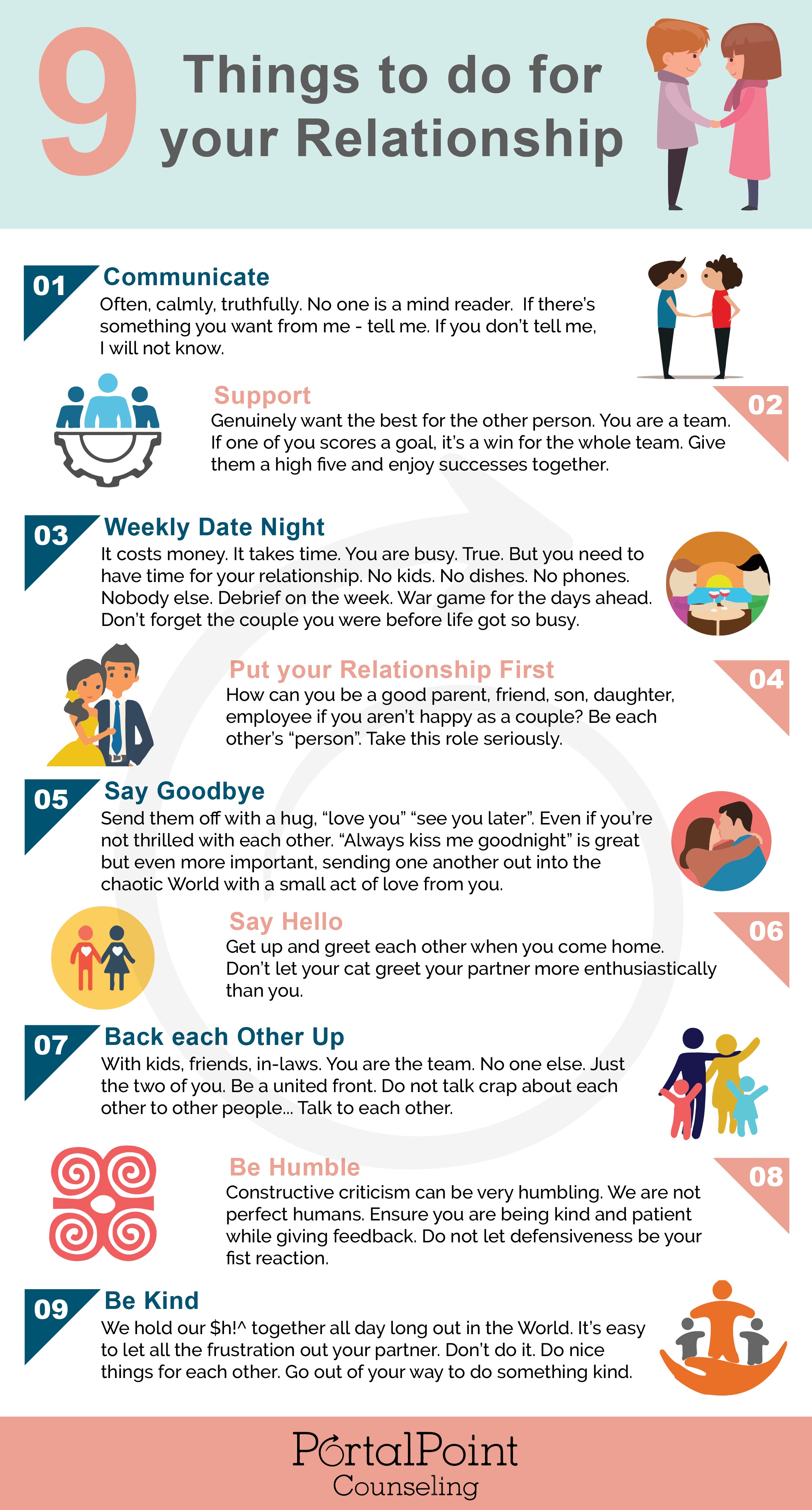The Definitive Guide to Aim Point Counseling
The Definitive Guide to Aim Point Counseling
Blog Article
Not known Details About Aim Point Counseling
Table of ContentsThe smart Trick of Aim Point Counseling That Nobody is Talking AboutThe Definitive Guide to Aim Point CounselingSome Ideas on Aim Point Counseling You Should KnowNot known Details About Aim Point Counseling Our Aim Point Counseling PDFsHow Aim Point Counseling can Save You Time, Stress, and Money.
The longitudinal style includes a pre-treatment study and 2 follow-up studies at 3- and 12-months post-intervention. The research study is embeded in 8 Relationships Australia Victoria centres, across cosmopolitan, external residential areas, and regional/rural sites. Relationships Australia, a non-government organisation, is the largest service provider of couple therapy and relationship solutions in Australia.
In Australia, the typical length of marital relationship before splitting up is 8.8 years, and approximately fifty percent of all separations involve pairs with kids [1] These high prices of partnership malfunction have actually been constantly connected with adverse health and wellness effects for both adults and kids adhering to divorce/separation. These consist of seclusion from support networks, and reduced earnings and requirement of living for both grownups and children [3], problems of loyalty over youngsters for guys, and depression and loss of identification for ladies [4,5]
5 Simple Techniques For Aim Point Counseling
Longitudinal researches also suggest that youngsters of separation have a greater incidence of emotional problems, medicine and alcohol use, and high-risk sex-related practices [7] The effects of separation and splitting up can be detrimental, study suggests that high connection disharmony in intact couples is additionally likely to have unfavorable end results.
Additionally, factors that influence the outcomes of these solutions require extensive examination. Research study to date has identified both couple and specific variables that might add to relationship disharmony. These include connection complete satisfaction and dedication at the couple degree, and clinical depression at the individual level. However, robust study to review relationship-enhancing treatments in the community are scarce.
Aim Point Counseling - An Overview
Connection complete satisfaction has been one of the most typical end result variable identified in more than 200 analyses of couple therapy [11,12] Research studies have found considerable improvements in partnership fulfillment from pre- to post-treatment [13,14] and over the course of one to 2 years complying with coaching [15] In these researches, relationship satisfaction was most regularly evaluated using the Dyadic Change Range (DAS) [16] While most research studies suggest renovations in relationship contentment following couple therapy, they are restricted by the examples and measures utilized, mainly temporary follow-up time frames, and evaluations that do not account for the dyadic nature of couple information., is another generally checked out relationship end result.
To sum up, research study suggests that couple-specific variables in addition to individual elements might anticipate the end results of pair therapy and connection services. The causal instructions of these relationships, however, is much less clear. These monitorings are essential, considering that, to validate and guide the application of partnership solutions such as couple coaching, empirical evidence needs to discover both the outcomes of partnership services and the variables that forecast successful therapy.
There is a growing consensus that effectiveness research studies should be complemented by effectiveness research to best inform medical practice [ 29] The minimal performance study that exists to day recommends that couple counselling can boost results such as partnership complete satisfaction [33,43], interaction skills and general health [44], at least in some European countries.
We presently understand little concerning the profiles of couples who look for out partnership education and learning contrasted with those that look for connection coaching, or the outcomes of these programs. Unscientific proof recommends that there may be considerable distress among at least some couples looking for connection education.
Indicators on Aim Point Counseling You Need To Know
Comments entails individuals finishing questionnaires regarding their relationship (e.g. measures of interpersonal troubles), and getting details on what their scores indicate. Cognitive-behavioural methods promote transforming cognitions to help with favorable partnerships. These might consist of promoting sensible attributions/expectations around unfavorable companion practices [46] In abilities training, couples go to lectures or presentations on connection skills, and practise these throughout facilitator-led activities [ 45]
These impacts have lingered for up to 4 years in some research studies [47] These meta-analyses highlight constraints in the current literature on connection education and learning. Particularly, most of studies included couples from upper socio-economic histories who were not experiencing high relationship dissonance [47,48] This example account might not represent clients who generally provide for relationship education and learning.
The Only Guide for Aim Point Counseling

Really little research study has actually examined the comparative advantages of couple therapy and connection education and learning programs. As customers are most likely to self-select right into these service kinds, it is not clear whether characteristic connection distress profiles existing look at this now to each service kind, or without a doubt whether there is a communication between offering profile, solution type and end result.
(https://www.avitop.com/cs/members/a1mpoint.aspx)
Hence, we have actually included a 12-month follow-up to assess longer-term trends and impacts.
We recommend to use multi-level statistical modelling treatments that manage for the inter-dependence of pair information to examine any kind of treatment impacts. The particular purposes of the ECC research are to: 1. Map profiles of customers seeking area agency-based pair therapy vs. connection enhancement programs in regards to socio-demographic and connection indicators (such as connection contentment, partnership commitment, social troubles, and reasons for going to), in addition to wellness (such as anxiety, basic wellness) and health solution usage (eg.
2. Establish whether pair therapy and connection education and learning solutions enhance 3- and twelve-month results for relationship contentment, dedication, and depression, utilizing analytical evaluations proper to combine information. 3. Identify the loved one contributions of customer aspects (individual and pair) and therapy/education factors to results at 3- and 12-months, and to sustainability of end results in time.
The Ultimate Guide To Aim Point Counseling
Multi-level modelling to determine pre-post differences, managing for dyadic (couple) degree. To contribute to the literature assessing the performance of community-based pair counselling.
Report this page